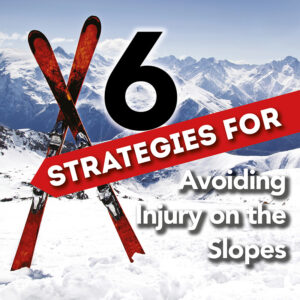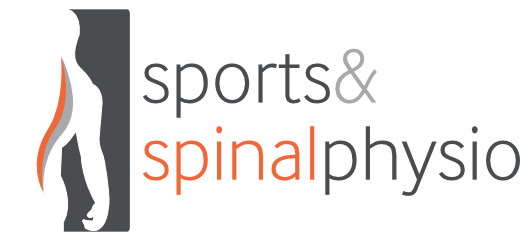News & Blog
Shred the slopes, not your body!

There is nothing worse than having to limp in early from the slopes because you’re tired or sore (or even worse, injured). Snow sports are major workouts and if you’re not fully prepared physically for your holiday, not only will you be exhausted for most of it, but you’re also at a much higher risk of injury, let’s face it, nobody wants to come home in a plaster cast.
Alpine skiing and snowboarding are considered extreme sports due to the involvement of high speeds and an increased propensity for participants to jump and perform acrobatic manoeuvres, Alpine skiing and snowboarding take place in environments where medical care may not be readily available on-site
Because of these challenges, greater emphasis needs to be placed on skill, preparation, and safety strategies/equipment to prevent serious injury.
6 Strategies for Avoiding Injury on the Slopes:
Strategy 1: Fitness
Snow sports demand a combination of
Technique and Muscle strength & flexibility
Decent stamina (aerobic fitness) is key if you’re going to have enough energy to last the day, and anaerobic fitness is needed for the downhill bursts of activity
Get breathless to strengthen your heart, and improve your lung capacity
Walking, running, stair climber, rowing, cycling and swimming
Aim for two to three, 20-30 minute interval training sessions a week
Ski resorts are usually found at higher altitudes than where you would normally live
There’s less oxygen in the air, meaning you need to breathe harder
It can take a few days to acclimatise
Being physically fit can help combat side effects of a high altitude
Strategy 2: Strength
Skiing and snowboarding require a strong abdomen, and powerful legs, and in the case of snowboarding, good upper body strength too
The stronger you are, the less likely you are to get tired
Fatigue = form deterioration = greater fatigue = increased risk of fall
Stronger muscles better support your joints, and absorb the forces from impacts and vibrations, and this can also help prevent injury.
Focus on 2 main strength areas
1. Quadriceps muscles (front of thigh)
– Both bend and straighten the knees
– Controlled lengthening – eccentric training is fundamental to snow sports
– Squats, lunges, deadlifts and plyometric jumps
2. Core strength (your deep abdominal muscles)
– Sustain postures for prolonged periods, maintain balance and control
– Plank exercises, bridging, using a Swiss ball, mountain climber and Pilates are all excellent exercises to improve core strength
Strategy 3: Balance
Good balance will ensure better technique and efficiency when on the slopes
Help prevent falls and possible injury
Yoga and Pilates are two great forms of exercise for developing balance.
Simple balancing home drills include:
Stand on one leg with eyes closed for two minutes twice a day
Add some small movements, such as little knee bends or brushing your teeth
Advance this by standing on something wobbly or uneven (a Bosu ball at gym or a soft pillow at home)
Stand on one leg whilst swinging the other leg around with your eyes closed; or practice picking up small objects off the floor whilst balancing on one leg.
Strategy 4: Warm Up
Increases blood flow through your muscles, preparing them to respond to the demands of snow sports, and reducing your risk of injury
Stretching helps improve flexibility in your joints and muscles
Walking briskly, a jog, swinging your legs doing some walking lunges will all help
Warm up again following a lunch break or long wait at a ski lift when you’re out on the slopes.
Strategy 5: Equipment
Helmets decrease head injury risk and severity by 22-60%
Good fitting bindings can protect the lower leg and ankle in skiing. Rented or personal, have them checked by a certified technician
Hip pads and wrist guards have been shown to reduce injury rate in snowboarders
Strategy 6: Know Your Stuff
Experience and education are key
Low skill levels are more likely to be injured but don’t assume that experience and skill level go hand in hand
If you’re inexperienced, lack confidence or feel a bit rusty – it’s worth taking the time to attend ski/snowboarding school or get some private instruction
Take time to re-familarise yourself with the snow, easing onto the green and blue runs before heading off to anything more challenging
A higher proportion of people are injured in the afternoon. Factors include: Fatigue, business on the slopes, heavy lunches, or alcohol intake, as well as changes in snow conditions.
We hope you stay safe this season on the slopes and remember our 6 tips to avoid injury!
- Stay in control at all times
- People below you have right of way
- Obey the signs
- Look before you leap
- Stop where its safe (on the side of the piste), and where you can be seen
- Stay on the scene after an accident
